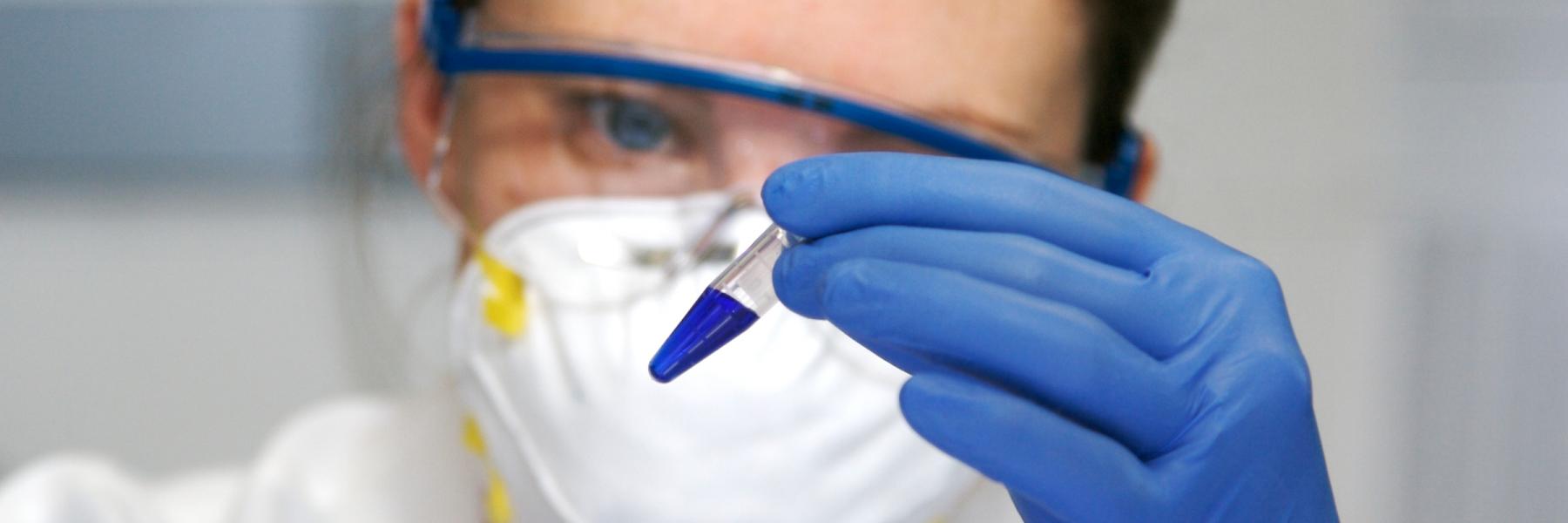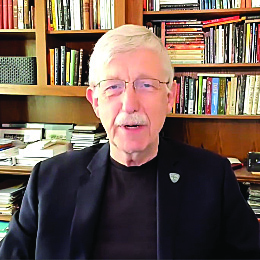The International AIDS Society (IAS) held a virtual pre-conference meeting focused on HIV cure and gene therapy, July 20–21, 2021. The meeting focused on leveraging advances in cell and gene therapy towards an HIV cure and for sickle cell disease, and ensuring that these interventions be made globally available. A few highlights:
Hans Peter-Kiem from the Fred Hutchinson Cancer Research Center in Seattle, Washington, provided an overview of cell and gene therapy as a strategy to enhance control or elimination of HIV. The two HIV cure cases of Timothy Ray Brown (known as the Berlin patient) and Adam Castillejo (known as the London patient) provide a proof of concept that an HIV cure may be possible. During the last 10 years, the defeatHIV Collaboratory has worked to develop gene editing of hematopoietic stem cells (the cells that give rise to other cells in the blood) as an approach towards HIV cure. The desired outcome would be disruption of the CCR5 gene, which acts as a doorway for HIV to enter cells, to make cells resistant to HIV infection. The approach is also being investigated as a strategy to cure sickle cell disease and other gene-based diseases.
Dr. Kiem also spoke about the the work his lab has conducted towards the development of chimeric antigen receptor (or CAR) cells. CAR cells are made through cell and gene therapy to boost their ability to detect only the cells infected with HIV and kill them. Stem cell-based CARs can overcome the limitations for T cell-based HIV CARs. Kiem’s lab has figured out a way to improve the manufacturing of these kind of cells, and has tested ways to increase how long these cells will last, as well as how well they will perform in the body of non-human primates. The next big step is to move these techniques into humans.
Jennifer Adair from the Fred Hutchinson Cancer Research Center in Seattle, and Cissy Kityo from the Joint Clinical Research Center in Kampala, Uganda, discussed strategies to bring cell and gene therapy to resource-limited parts of the world. Advances in cell and gene therapy have opened new opportunities for patients in high-income countries. To date, low- and middle-income countries have been excluded from these developments. Drs. Adair and Kityo’s vision is to make gene therapy available to everyone who needs it, especially in places around the world where diseases like sickle cell disease or HIV are most prevalent. Dr. Kityo presented the new Global Gene Therapy Initiative (GGTI) [caringcross.org/ggti-impact-project], an alliance of key stakeholders including clinicians, scientists, engineers, advocates, and community members brought together to enable access and implementation of gene therapies as curative medicines for presently incurable diseases in low- and middle-income countries. GGTI has four key pillars: 1) new technology development (e.g., sustainability), 2) clinical readiness and implementation (e.g., training and capacity building), 3) regulation and policy (e.g., infrastructure for commercialization), and 4) community outreach and education. The GGTI Working Group will focus on establishing a sustainable pathway to implement cell and gene therapy in Uganda and India.
Carl June from the University of Pennsylvania gave an overview of chimeric antigen receptor (CAR) towards HIV and cancer cure. Kymriah was the first gene therapy approved by the U.S. Food and Drug Administration for the treatment of acute lymphoblastic leukemia (ALL). CAR T cell trials are being explored as a strategy towards an HIV cure. The University of Pennsylvania is currently studying CAR T cells in combination with zinc finger nucleases (ZFN)—a type of gene therapy. Study results will be made available in 2025.
Boro Dropulic, executive director and founder of Caring Cross, presented his organization’s mission for making cell and gene therapies globally available. Caring Cross’ vision is to use place-of-care manufacturing to significantly reduce the cost of cell and gene therapies globally. The ultimate goal would be to develop safe and effective in vivo products (administered directly inside the body) that could help improve access to cure-related interventions globally. More information about Caring Cross is at caringcross.org.
Izukanji Sikazwe from the Centre for Infectious Disease Research in Zambia (CIDRZ) gave an overview of the new HIV Cure Africa Acceleration Partnership (HCAAP). HCAAP is a public-private partnership aimed at catalyzing HIV cure research and implementation by coordinating a forum of different stakeholders—including community, regulators, pharmaceutical companies, philanthropy, and academic institutions, among others. HCAAP has developed a target product profile for a globally scalable HIV cure. This provides a vision for how a cure could be made available to all those who need it globally.
Francis Collins, MD, PhD, director of the U.S. National Institutes of Health announced that 10 Martin Delaney Collaboratories for HIV Cure Research would be funded in the next round of the program, including one collaboratory focused entirely on pediatric research.
Funding for the MDC program is expected to increase by 80% in 2021–2026. Increased investments will aid in the search for an HIV cure. They also can contribute to increased knowledge about HIV pathogenesis and control, as well as benefit public health globally.For more information the IAS 2021 HIV Cure and Gene Therapy Forum, go to iasociety.org/HIV-Programmes/Programmes/Towards-an-HIV-Cure/Events/2021-HIV-Cure-Gene-Therapy-Forum.



